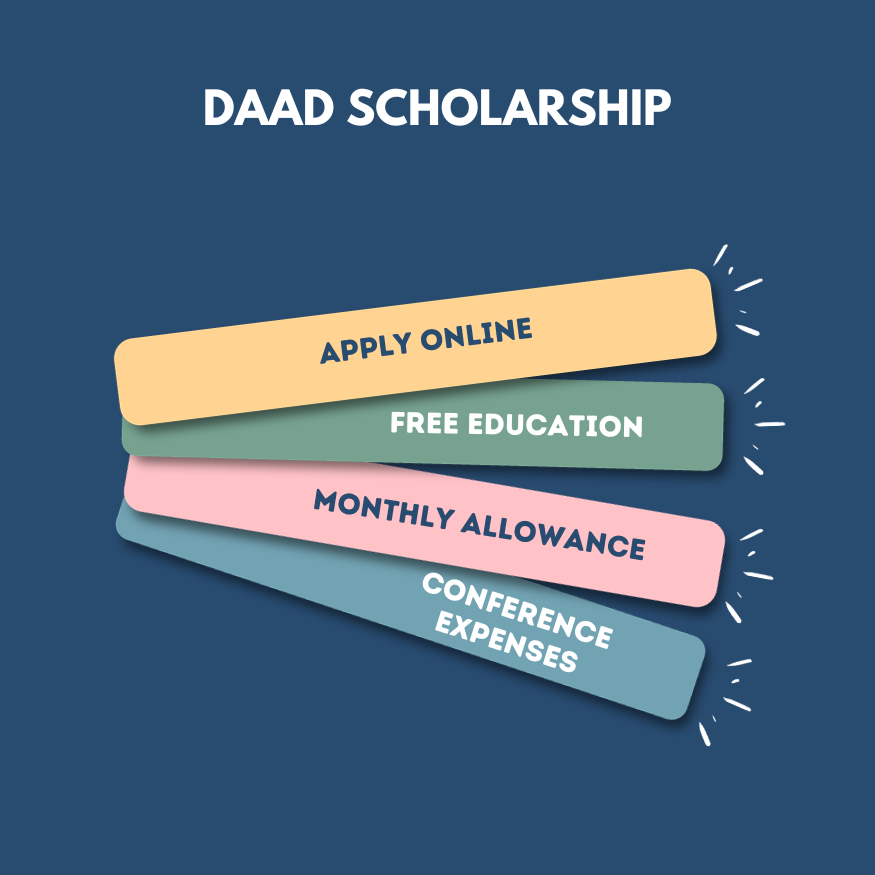- Program Description: Review the program’s specific curriculum, learning outcomes, and any specializations.
- Faculty Expertise: Research the faculty involved in the program. Look for their publications, research areas, and teaching experience.
- Location Assessment: Understand the city or region where the program is located. Research its cultural aspects, cost of living, and safety factors.
- Housing Options: Examine the different housing options available, including campus accommodations, host families, or independent living. Consider the cost and suitability of each option.
- Financial Aid and Scholarships: Thoroughly investigate the availability of financial aid and scholarships, as these can significantly reduce the program’s cost.
This checklist helps you focus on the crucial elements and avoid overlooking essential details.
Prioritizing Factors in Your Choice
Prioritizing factors is essential for matching the program to your individual needs. These factors should be weighed against your personal preferences and aspirations. Examples include academic rigor, cultural immersion opportunities, and potential career advancement.
- Academic Rigor: The program’s curriculum should align with your academic goals and level of study. Review course offerings, prerequisites, and credit transfer policies.
- Cultural Immersion: Consider the opportunity to immerse yourself in the local culture. Explore opportunities for social interactions, language learning, and participation in local events.
- Career Advancement: Look for programs that can enhance your professional development and provide networking opportunities, potentially leading to future career advancement.
These factors, when prioritized and considered alongside cost and ranking, will lead to a more effective and fulfilling study abroad experience.
Illustrative Examples of Affordable Programs
Unlocking international education doesn’t have to break the bank. This section showcases how to find truly affordable study abroad programs that still maintain high academic standards. We’ll delve into specific examples, highlighting the crucial factors that make these programs accessible while upholding quality.Finding a balance between affordability and prestige is achievable. By understanding the financial aid and support structures available, prospective students can confidently pursue their global learning goals without the weight of exorbitant costs.
Examples of Affordable, High-Ranking Programs
Affordable study abroad options exist at reputable institutions. These programs often leverage strategies like partnerships with local universities or leveraging reduced tuition rates during specific semesters.
- University of Edinburgh (Scotland): The University of Edinburgh offers semester-long study abroad programs in various disciplines at remarkably competitive prices. These programs frequently include partnerships with universities in Europe and other parts of the world. Scholarships and financial aid are available to students who demonstrate financial need, ensuring that a top-tier international education remains accessible.
- University of Copenhagen (Denmark): Copenhagen provides a rich blend of culture and academic rigor. The university often partners with international universities to offer affordable study abroad options, particularly for students pursuing programs in fields like Scandinavian languages, history, and design. International student support services are often robust, offering guidance in navigating administrative tasks and everyday life.
- University of Melbourne (Australia): For students aiming for a taste of the Australian lifestyle, Melbourne offers a range of affordable semester-long programs, particularly during certain periods of the year. These programs might focus on specific areas of study, like sustainable development or environmental science. The university often has partnerships with international universities that further reduce the cost.
Finding Similar Programs
Identifying programs similar to those mentioned is often straightforward. Online databases and university websites are your best resources.
- Search university websites: Directly contacting the international student office or study abroad program coordinators is key. They possess detailed information about various programs, including potential cost reductions or scholarships. Look for specific themes or areas of study that align with your academic interests.
- Utilize online study abroad platforms: These platforms often feature programs from various universities, allowing you to filter by price range, academic discipline, and location. The platform often highlights the specific features of each program, such as accommodation options and available support services.
- Explore university partnerships: Many universities partner with institutions worldwide, offering collaborative programs. These collaborations can sometimes create opportunities for lower-cost study abroad options. A great starting point is checking the international student pages of each university.
Program Features: Scholarships, Grants, and Financial Aid
Financial aid packages can significantly lower the cost of study abroad.
| Feature | Description |
|---|---|
| Scholarships | These are awarded based on merit, academic achievement, or specific criteria, such as financial need. |
| Grants | Often awarded to students based on financial need, with fewer restrictions than scholarships. |
| Financial Aid | A broader term encompassing both scholarships and grants. |
Many institutions offer scholarships specifically for study abroad programs. Students should research these options and submit applications early to maximize their chances of securing funding. Furthermore, students should thoroughly explore all the potential resources and funding opportunities provided by the universities and their respective international student offices.




